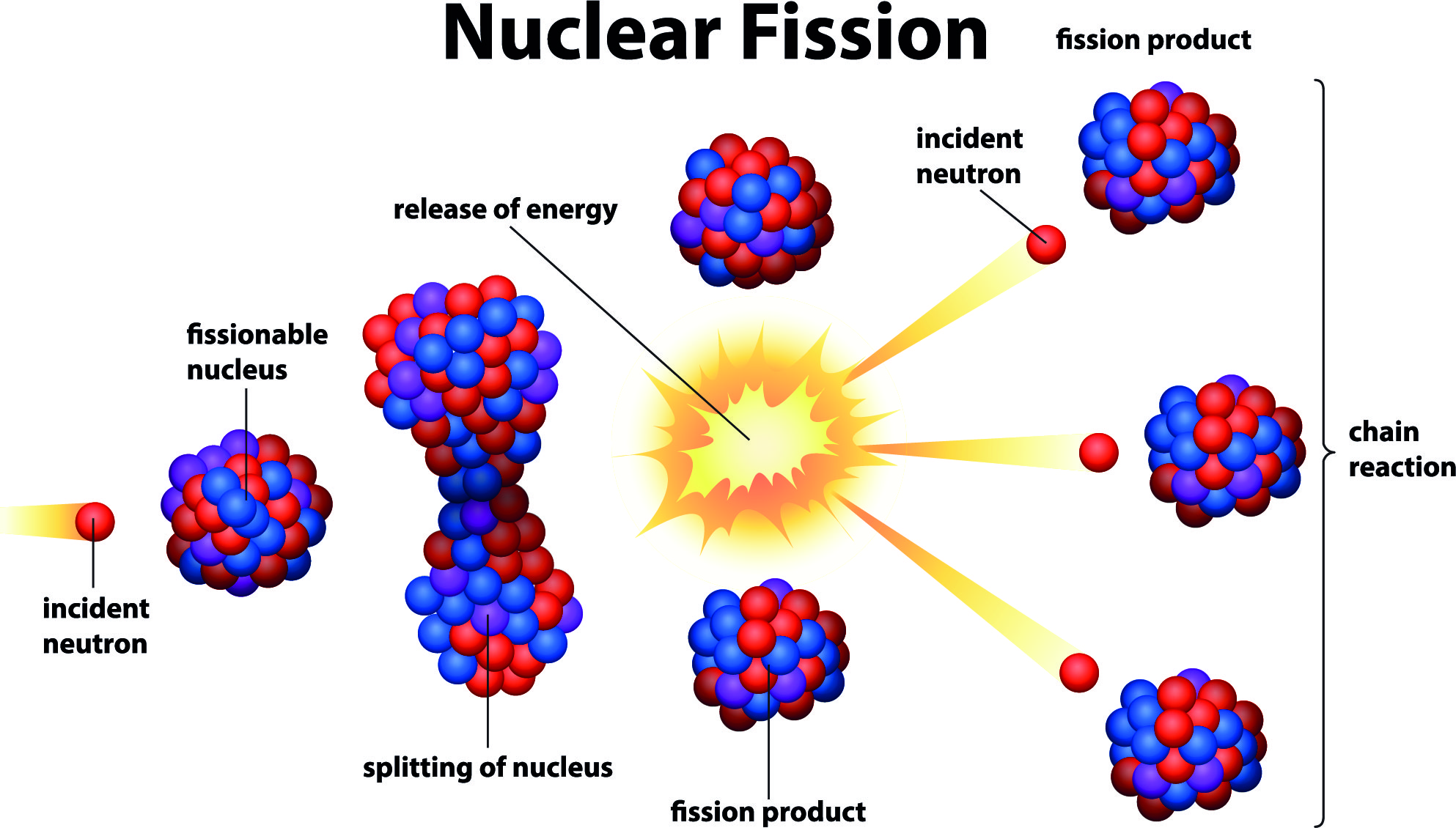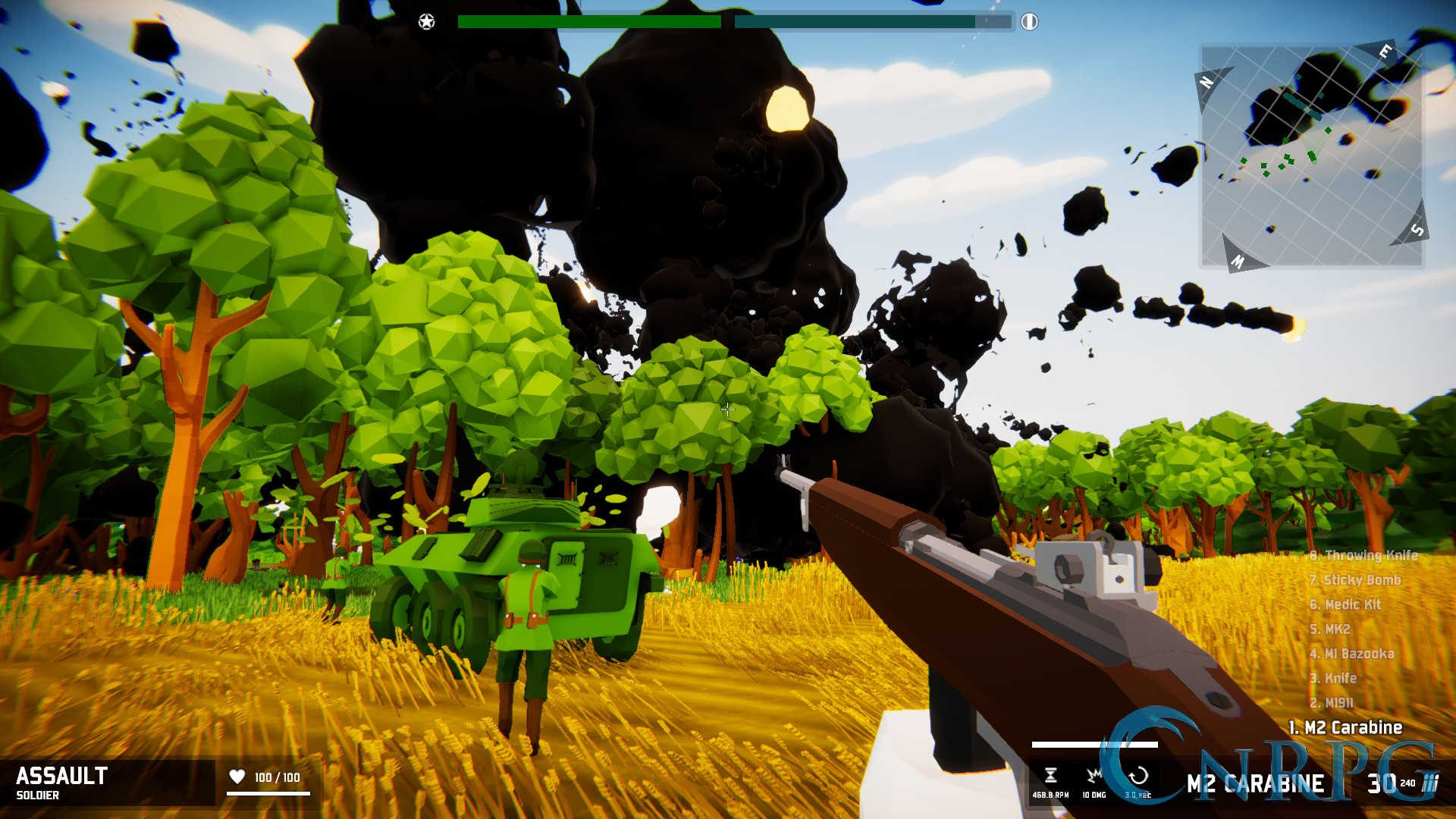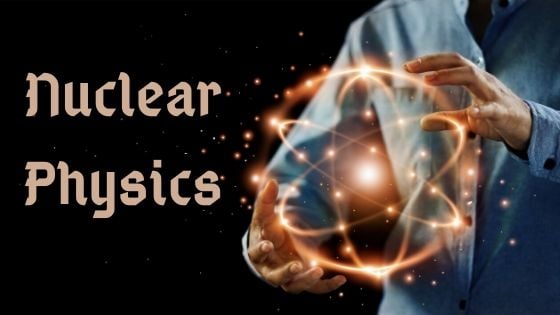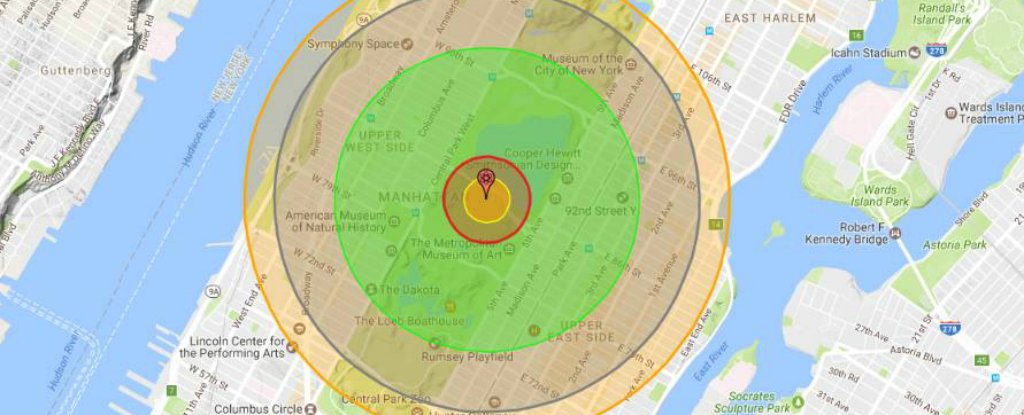
Actually it is a bit more subtle than that: the nucleons are color neutral, so they do not directly produce gluons. The glue holding together the nuclei is the strong force. The total number of nucleons will be $A=N+Z$. Nuclei are made of two things: protons and neutrons. There may actually also be a quark-gluon plasma in the center of neutron stars, but it would be in a very different regime from RHIC - it is ``cold" instead of ``hot". You can kind of think of a Neutron star as a really big nucleus. Actually, Neutron stars are pretty old, but there are always more interesting things happening in that field. The other "modern" application of nuclear physics is Neutron Stars. The experiments found that this soup has a number of interesting properties, including a remarkably small visoscity. The interactions in this soup are sufficiently strong that it equilibrates, and you get a state of matter known as a "quark-gluon plasma." This is supposed to be the state of matter in the early universe. When the nuclei pass through one another, they produce this really hot region of space, in which you start "pair-producing" a soup of quarks and anti-quarks. It takes massive gold nuclei and smushes them against each-other. The first is the Relativistic Heavy Ion Collider in Brookhaven. There are a few modern and exciting things going on right now in the study of nuclei. For our course this is perfect: we are experts at the wonky stuff. This means there is a bunch of wonky semi-empirical and arm waving stuff. Big time lattice QCD calculations can explain the properties of the neutron - can't do much bigger. Its not that all the nuclear physics problems are solved - the real difficulty is that there is no really good way to quantitatively understand nuclei.

There are not a lot of physicists at Cornell studying them. Nuclei are a bit old school (the 50's were a hot time in nuclear physics). I however chose something you probably haven't heard anything about: nuclei. In 2015, a group led by RIKEN research Kosuke Morita was officially recognized as the discoverers of element 113 on the periodic table, which was subsequently named nihonium and given the notation Nh.įor more information on RIKEN's work in this field, and to see the websites of individual laboratories, see the Nishina Center website.Today we will cap off the course with some modeling.

Using the center’s heavy ion beam to transmute troublesome nuclear waste intoĪnother key area of interest at the Nishina Center is the study of superheavy elements-elements that do not exist in nature, and that can only be produced in laboratories. In the area currently explored, and are also looking at the feasibility of

“island of stability”-a realm where we can find longer-lived nuclei than those Scientists at RNC continue to search for the In 2010, researchers there found a total of 45 new isotopes in just four days of searching, and in 2017, physicists announced that they had used the RI Beamįactory to create 73 new exotic nuclei, adding new species to the 7,000 thatĪre hypothesized to be able to exist. With partners around the world to study exotic atomic nuclei, contributing to aīetter understanding of how the universe began and how it is composed at the Of uranium-a heavy nucleus-to up to seventy percent of the speed of light.įor Accelerator-Based Science, which operates the RI Beam Factory, are working The cyclotrons are powerful enough to drive a beam Today RIKEN is home to the RI Beam Factory, one of the world’s leading heavy Meaning atomic nuclei-to very strong energies, allowing them to be used in A cyclotron is aĭevice that can be used to accelerate ions-positively charged particles,

Outside of the United States, where it had been invented. In 1937, RIKEN scientist Yoshio Nishina built the first cyclotron


 0 kommentar(er)
0 kommentar(er)
